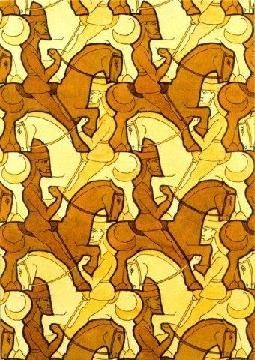 Geometry as a mathematical discipline has several branches: the Euclidean or flat, the non-Euclidean, the projective or the spatial, among others. The spatial is the one that focuses on the study of the measurements and properties of the different forms that can be achieved from a combination of points, angles, lines and planes in space. In other words, the geometry of space studies three-dimensional geometric figures.
Geometry as a mathematical discipline has several branches: the Euclidean or flat, the non-Euclidean, the projective or the spatial, among others. The spatial is the one that focuses on the study of the measurements and properties of the different forms that can be achieved from a combination of points, angles, lines and planes in space. In other words, the geometry of space studies three-dimensional geometric figures.
Spatial geometry complements Euclidean geometry that focuses on plane figures
On the other hand, this branch of mathematics is the theoretical foundation for other areas, such as trigonometry or analytical geometry.
Spatial geometry is based on two intuitive concepts, space and plane
Space is everything that surrounds us and, therefore, it is the continent of everything that exists. This means that the space is continuous, homogeneous, divisible and unlimited.
The concept of plane can refer to any type of surface (a sheet, a desk or a mirror). To represent a plane it is enough to draw a parallelogram.
A plane can be determined in four possible ways:
1) by three points not aligned,
2) by a line and a point outside said line,
3) by two straight lines that intersect and
4) by two parallel lines.
From this it is possible to establish relative positions of lines and planes in space.
For example, two lines are parallel when they are in the same plane and do not have any points in common, two lines are intersecting when they have a point in common, two lines are coincident when they have two points in common and they overlap and two lines are crossed. in space when they are not on the same plane and have no common ground.
The relative positions when you have two planes in space
There are three different possibilities:
1) two planes are parallel because they have no point in common,
2) two planes are secant when they have a line in common and they intersect,
3) two planes are coincident if they have three points in common that are not in a straight line and therefore one plane is superimposed on the other.
 In addition to the positions of lines and planes, there are also the relative positions of a line and a plane, which have three options: parallel, intersecting, and coincident.
In addition to the positions of lines and planes, there are also the relative positions of a line and a plane, which have three options: parallel, intersecting, and coincident.
All these principles based on points, lines and planes allow the construction of geometric space. In this sense, with these elements it is possible to calculate angles and establish their properties, algebraically express the elements of space or create geometric figures.
Photos: Fotolia - XtravaganT / Shotsstudio









